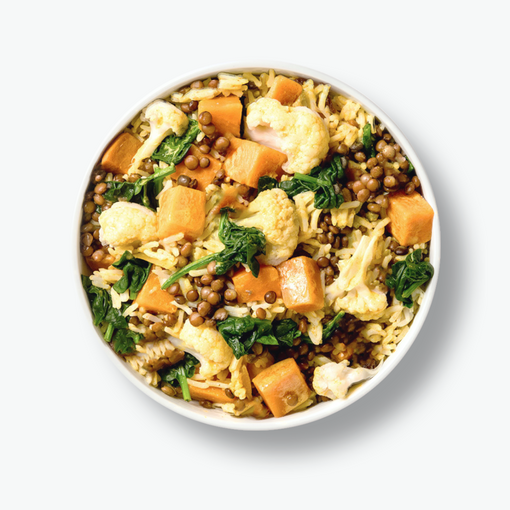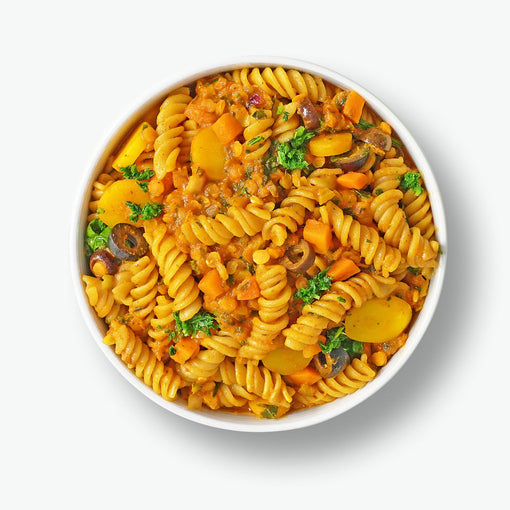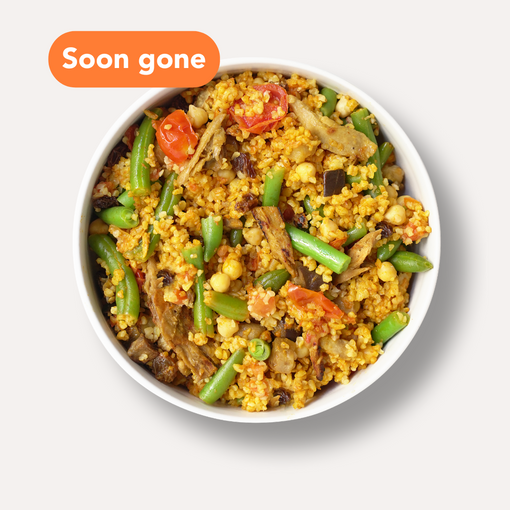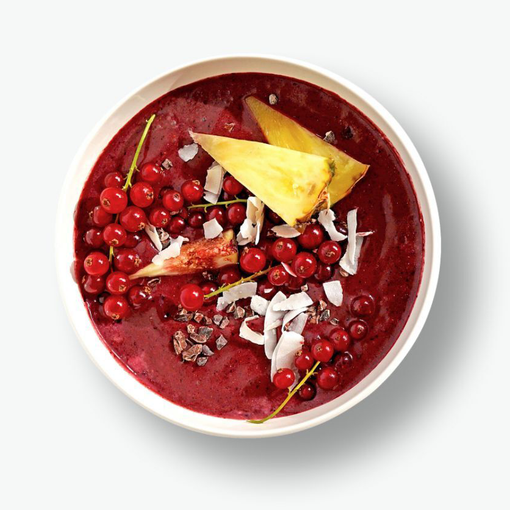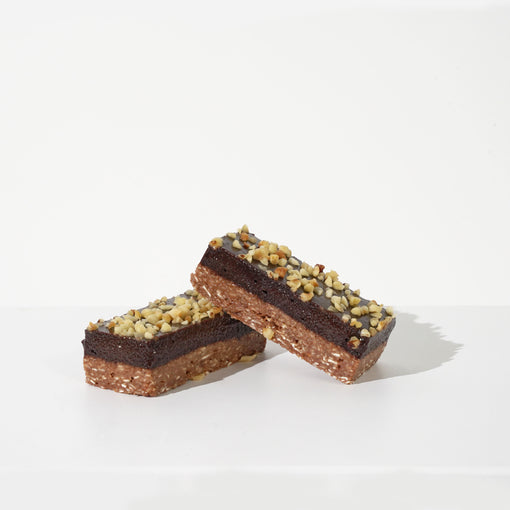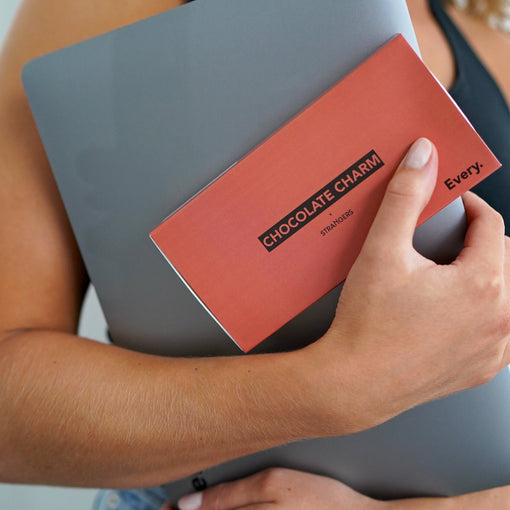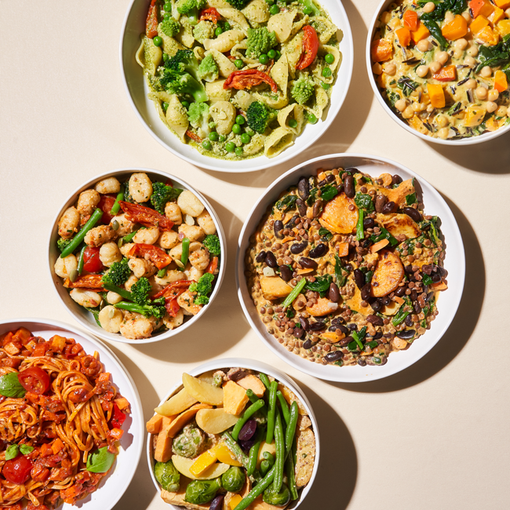Voeg {{ number }} producten toe en bespaar {{ price }}
0
nog 1 Product voor gratis verzending (bespaar € 5,99)
Simple, at Home Fermentation!
In addition to countless nutritional vitamins and minerals, fermented foods also contain lactic acid bacteria which promote gut health. These bacteria also help the body absorb important nutrients and support our metabolism.

How does this work?
To ferment vegetables, they must be sliced into small pieces, salted and sealed in an airtight container. The natural fermentation process converts sugar molecules, like glucose, into lactic acid, creating an acidic environment.
Why ferment?
The probiotic lactic acid bacteria created through the fermentation process are very beneficial for gut health. These bacteria can support the body in the absorption of important nutrients. In addition, fermented foods contain high amounts of vitamins, enzymes, minerals and trace elements.
Guide:
Theoretically, any vegetable can be fermented. For beginners, it’s advised to start with carrots, fennel or cabbage.
What you’ll need:
- Vegetable
- Large airtight container
- Knife/Vegetable slicer
- Salt-
- Water-
- Optional: favourite spice blends
Fermentation Guide #1 Maneul Jangajji
Garlic fermented in honey: simple, delicious and high in probiotics. This fermentation requires a little patience, but is very worth the wait--a gift to your future self!
This mixture has incredible health benefits. Honey has anti-inflammatory and anti-bacterial properties and garlic is high in vitamin K, C and B-group vitamins and also contains calcium, potassium and magnesium. A delicious all-rounder and the perfect kitchen companion!
Ingredients:
6 whole Garlic bulbs
500ml raw (wild) honey
1 Jar or airtight container (1L)
Step 1: Sterilise jar
Place in a heated oven at 150°c for 2,5-3 hours
Step 2: Peel garlic.
It's important to remove any irregularities or dry spots on the garlic cloves. Working with smooth, clean food is imperative in fermentation, to avoid the cultivation of unwanted microorganisms.
Step 3: Fill the jar with garlic and submerge in honey so that all the cloves are covered. For the first few days, the cloves will keep resurfacing to the top until they soak up enough honey to sink to the bottom of the jar.
Turn the jar over a few times every day to ensure that the garlic stays submerged in the honey. Once the garlic cloves absorb enough honey, they will sink to the bottom. The jar can be opened after 3 months. For the best and tastiest results, wait 7-12 months before opening. This is a very active fermentation, so don’t worry if it froths and bubbles-- that’s a sign it's actively fermenting!

Fermentation Guide #2: Celery-Fennel-Lacto-Ferment
What you’ll need:
1 fennel (medium sized)
3 sticks of celery
1 Jar or airtight container (1L)
1 Weight for the jar
Step 1: Sterilise jar. Place in a heated oven at 150°c for 2.5-3 hours
Step 2: Slice celery and fennel in thin, long slices. Put the glass on a scale and set to 0. To judge glass capacity, fill it with the vegetables. Feel free to press it in, as the vegetables will gradually lose water and decrease in size.
Step 3: Now for the magic formula. For this fermentation we need 2% salt in ratio to the vegetables. So for 100g vegetables we need 2g salt.
Remove vegetables from glass, and sprinkle with salt.
Step 4: Knead the vegetables and salt together, continuously squeezing, so the water comes out. Then place back into the glass and seal. Then place the weight on the lid (e.g. a water-filled ziploc bag).
After 2-3 weeks a delicious fermentation will have been created that not only tastes great, but it’s also full of healthy probiotics!

___________________________

